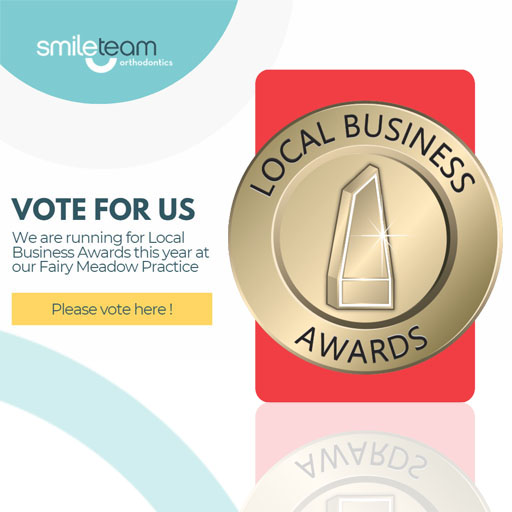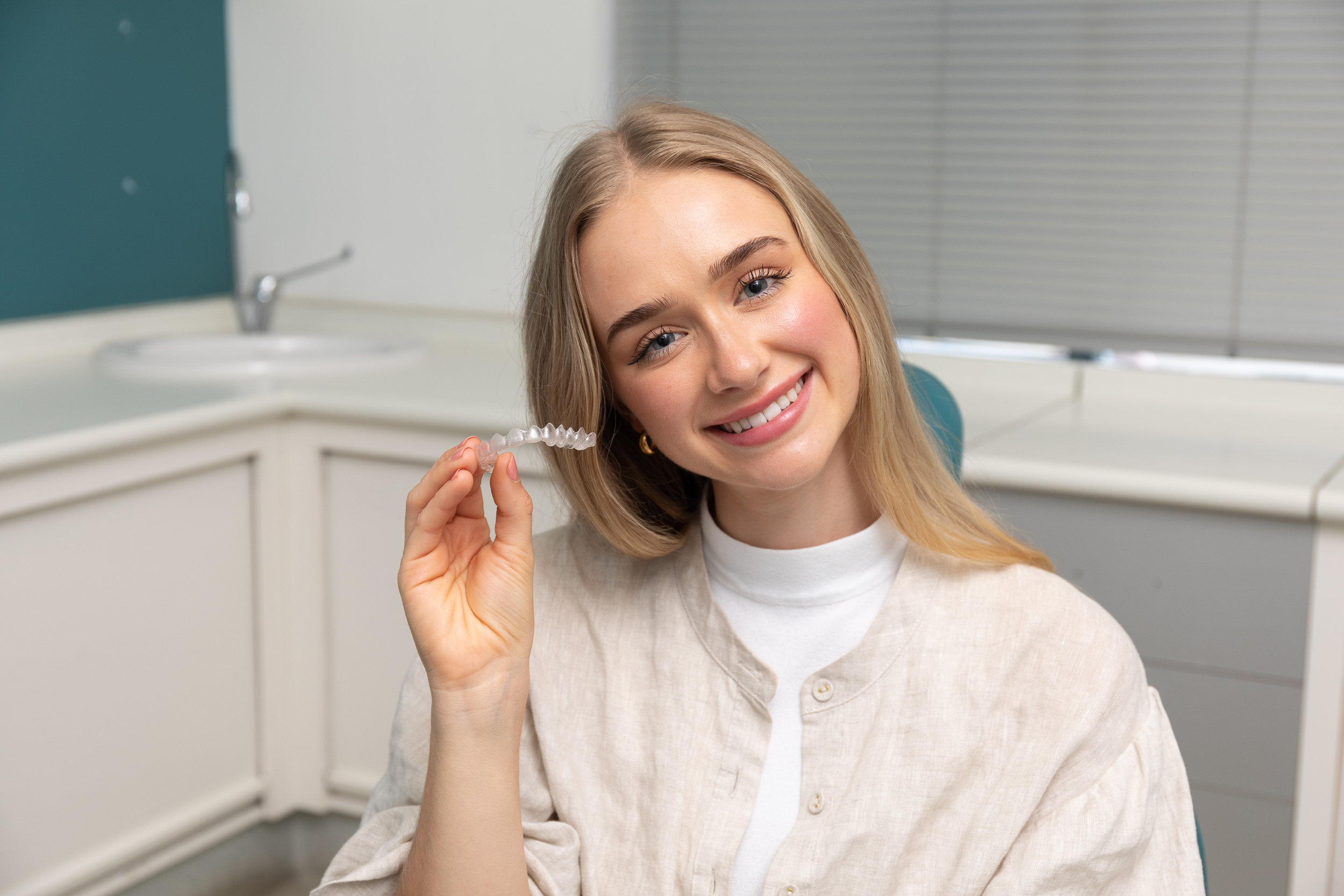
Are you contemplating to straighten your teeth with braces but hesitant about the potential discomfort and hassle in addressing your oral hygiene with all the metal brackets and wires? Worry no more! Removable braces might be the answer to your concerns!
These innovative orthodontic devices of modern dentistry offer a convenient and comfortable path to effectively straighten your teeth without traditional braces. With their rising popularity among adults and teens alike, it’s time to explore the ins and outs of removable braces.
Let’s explore their types, numerous benefits and potential drawbacks, the process, and the cost. By the end of this post, you’ll have all the information you need to decide if removable braces are right for you. So, let’s get started on achieving that confident smile!
What Are Removable Braces?
Removable braces are removable appliances designed to straighten teeth, which are placed over your teeth and can be removed for a few hours daily. These custom-made trays are swapped every few weeks to slowly shift teeth into their ideal position. They are appealing because of their invisibility, allow for easy eating and cleaning, and potential cost-effectiveness compared to traditional dental braces.
Removable braces are suitable for corrections like straightening teeth, closing gaps, and aligning bites for both teens and adults. Removable braces offer advantages such as comfort, aesthetics, no dietary restrictions and better oral hygiene compared to fixed braces. However, they can be easily lost or forgotten if not used consistently.
Types of Removable Orthodontic Appliances
Removable braces and appliances come in various types, offering flexibility and effectiveness in orthodontic treatment. Here are some key types:
- Clear Aligners: Clear aligners, like Invisalign, are popular removable braces made of virtually clear plastic trays. Invisible aligners are effective for correcting a range of dental conditions but require patient compliance by wearing them for 20-22 hours a day.
- Twin Block Devices: Twin blocks are metal and plastic plates that clip onto the upper and lower teeth to help move the jaw into the correct position. They are commonly used in early orthodontic treatment to expand room in the mouth for tooth growth.
- Headgear: Though much rarer to use now, headgear is a removable orthodontic appliance used to correct jaw misalignment and tooth overcrowding in children by exerting force on the upper and lower jaws. It is worn outside the mouth on the head and can help avoid the need for jaw surgery later in life.
- Retainers: Retainers are removable orthodontic appliances for post-treatment to prevent teeth from shifting back into misalignment. They come in various types, like Hawley retainers, which have been popular since the 1920s for upper teeth alignment.
How Do Removable Braces Work?
Removable braces exert controlled pressure on specific teeth at different stages, gradually moving them into the desired positions. These braces are worn at night and for several hours during the day, allowing for eating, brushing, and flossing without obstruction.
Benefits of Removable Braces
Removable braces are orthodontic appliances that are an effective and popular orthodontic option for individuals seeking to improve their smile. Many people opt to wear removable braces due to their numerous benefits.
Enhanced Comfort
Crafted from smooth, flexible plastic, removable braces fit snugly over the teeth. Unlike traditional fixed braces, this significantly reduces the risk of irritation to the gums. The metal components of fixed braces tend to rub against the inside of the mouth, which can cause irritation. The absence of these abrasive materials in removable braces contributes to a more comfortable experience, making the overall treatment process smoother and more enjoyable.
Improved Oral Hygiene
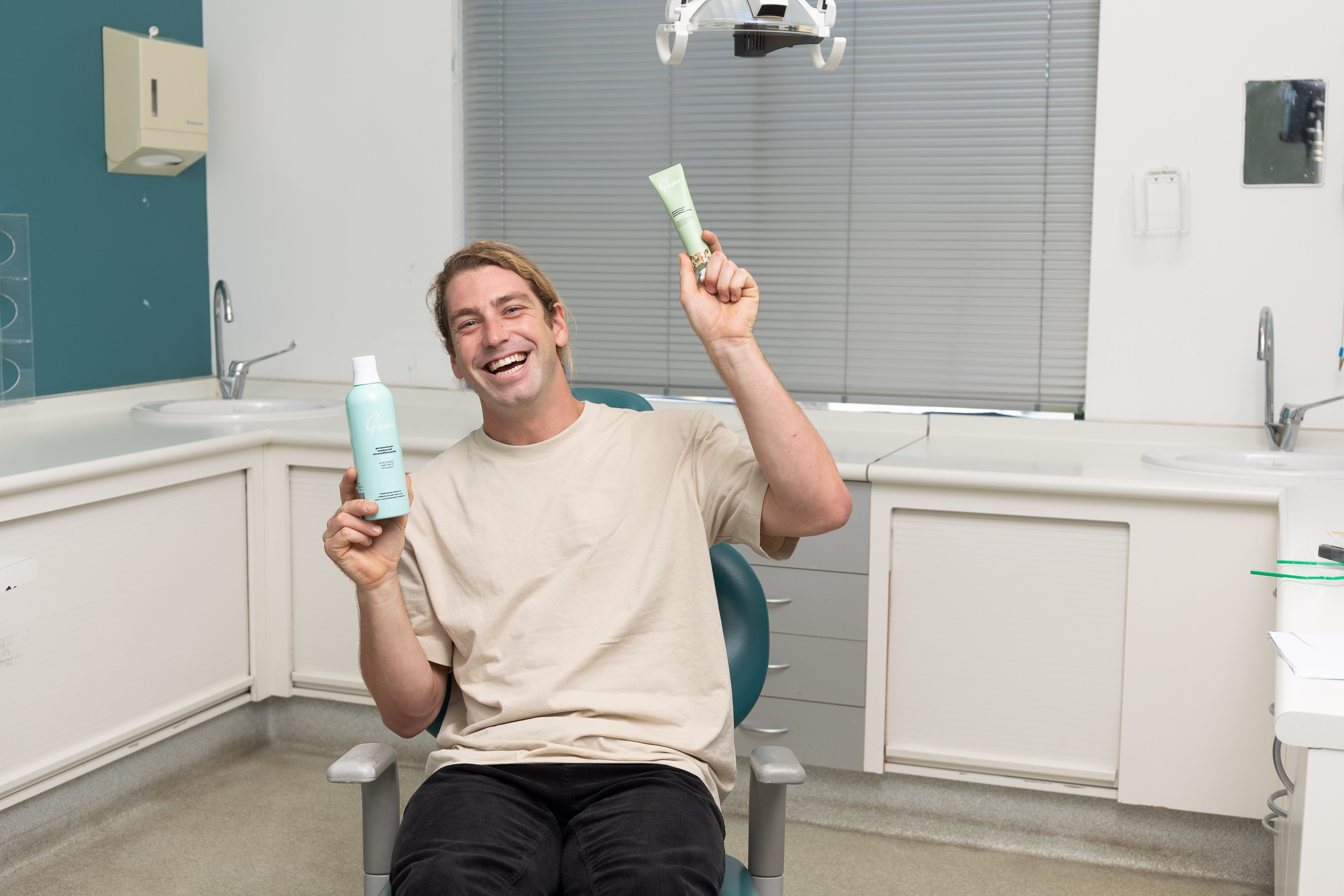
Removable braces offer an advantage in terms of oral hygiene and maintenance. Cleaning and flossing around fixed braces can be challenging, but with removable braces, you can freely maintain standard oral hygiene practices, enabling brushing and flossing without obstruction.
Fixed braces can trap food particles and plaque around the brackets and wires, areas that are hard to reach and clean, increasing the risk of tooth decay and gum disease. The ability to remove braces ensures a more thorough cleaning, fostering healthier teeth and gums throughout the treatment process.
Aesthetic Appeal
Removable braces are virtually invisible when worn. This level of discretion ensures that individuals can undergo treatment without feeling self-conscious.
Maintaining a natural-looking smile during orthodontic treatment can positively impact how one feels during social and professional engagements.
Convenience in Eating
With traditional braces, individuals often have to avoid hard and sticky or chewy foods that could damage the braces or become trapped. Removable braces simplify this aspect of life, as they can be taken out before meals, allowing you to enjoy a wide variety of foods without the fear of causing damage or needing extensive cleaning afterwards.
Ease of Use
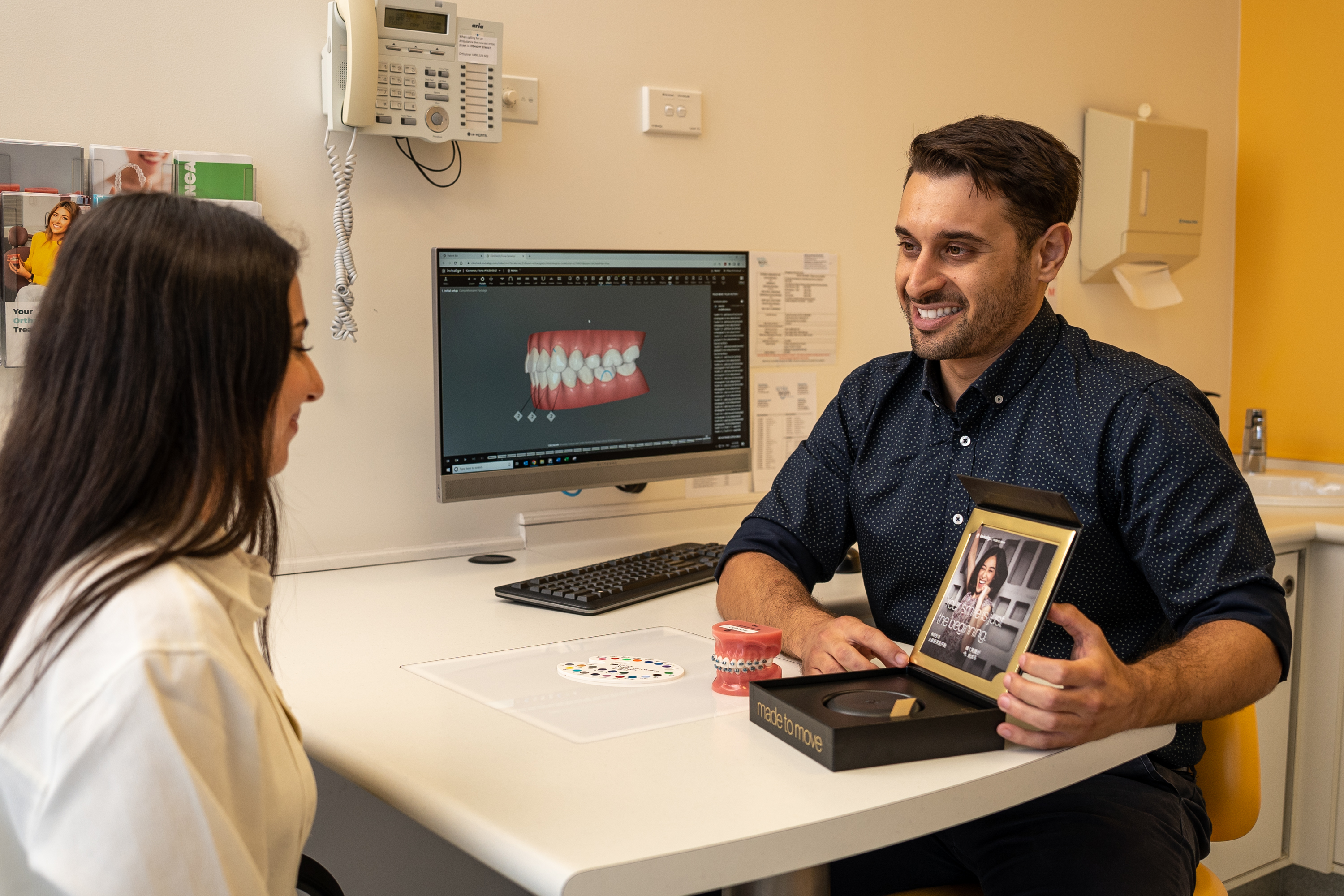
The most user-friendly aspect of removable braces is their ease of removal and reinsertion by the patient. This allows individuals to manage their braces effectively, whether for eating, cleaning, or participating in sports activities, without requiring professional assistance each time.
The simplicity reduces the time spent at the orthodontist’s office for adjustments, making the treatment process more adaptable to the patient’s lifestyle.
When To Consider Removable Braces
When considering removable braces as a solution for improving dental alignment, there are specific criteria that potential candidates should meet.
- Age: This option is most suitable for individuals, typically teenagers or adults, who have all their permanent teeth.
- Orthodontic issues: Removable braces are ideal for addressing mild to moderate dental misalignments, like crooked teeth, overcrowding, gaps between teeth, and certain bite problems. They are not typically recommended for more severe cases, where fixed braces or a more extensive treatment might be necessary.
- Compliance: Removable braces require a high level of compliance from the wearer, as they must be worn for a significant portion of the day and removed only when eating or cleaning. Candidates should be committed to following their orthodontist’s instructions carefully in order to achieve successful results.
- Lifestyle: Unlike fixed braces, which are worn 24/7, removable braces offer more flexibility to the wearer. They can be removed for special occasions or when playing sports, making them a popular choice for those who lead an active lifestyle.
Treatment Process and Duration
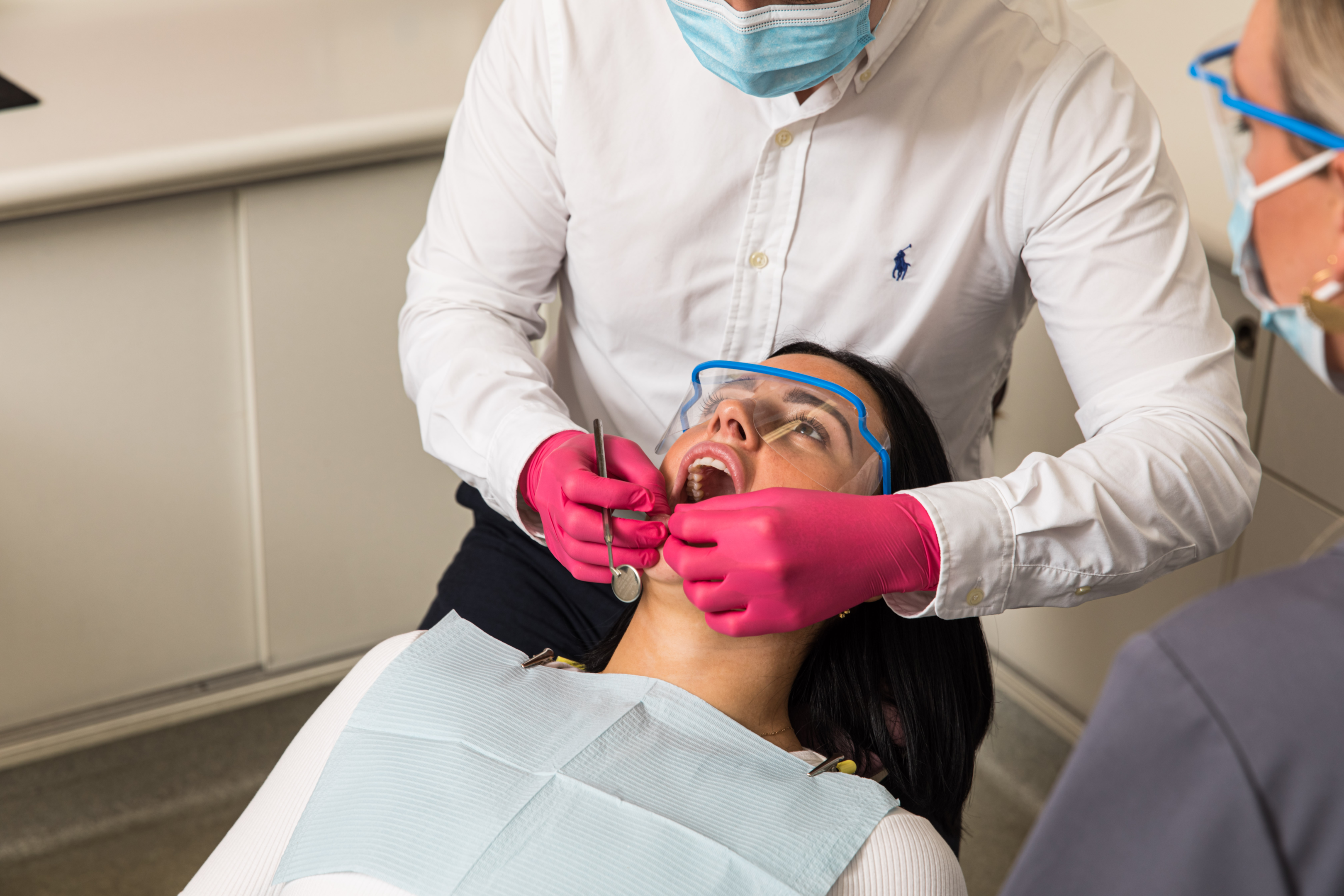
The timeline and process for treatment with removable braces generally follow a structured pathway that is adaptable to the individual’s needs. Initially, a consultation and assessment are conducted to determine the suitability of removable braces, typically taking 1-2 weeks for the completion of all preliminary examinations.
Following this, custom braces are designed and produced, a process that can take up to 4 weeks. The treatment duration with the braces varies considerably among individuals but usually ranges from 6 to 24 months, depending on the complexity of the dental corrections required. During treatment, regular check-ups every 4-6 weeks help monitor the progress of the braces.
After treatment, a retainer may be required to ensure the longevity of the results, with the first year often demanding continuous wear, subsequently reduced to nighttime wear as advised by the orthodontist.
How Much Do Removable Braces Cost?
The cost of removable braces, such as clear aligners like Invisalign, depends on factors such as the complexity of the dental issues to be addressed, treatment time, and the specific provider chosen. Typically, more complex dental issues require longer treatment periods, which can be more expensive.
Additionally, costs may vary significantly from one orthodontist to another based on their experience, location, and the technology they use.
Daily Maintenance Tips

To ensure the longevity and effectiveness of your removable braces, proper cleaning and storage practices are paramount. Always use a soft-bristled toothbrush and lukewarm water to carefully clean the braces after each use, avoiding hot water, which can warp the material.
For deeper cleaning, consider using a gentle, non-abrasive cleaner specifically designed for dental appliances. When not in use, store your braces in a protective case away from direct sunlight and extreme temperatures to prevent any damage.
Best practices for wearing and removing your braces include:
- Wash your hands thoroughly before handling them.
- Ensuring that your braces are moistened with water to make them more pliable and comfortable to insert.
- When removing, do so with care, starting from the back and gently easing them out to the front to avoid any unnecessary force that could damage the braces or hurt your teeth and gums.
Potential Drawbacks of Removable Braces
While removable braces offer a flexible alternative to traditional braces, patients may encounter an adjustment period and some level of discomfort. Below are key aspects of this phase:
- Initial Discomfort: It’s common for patients to experience discomfort and slight pain when they first start wearing removable braces. This sensation typically diminishes as the mouth adjusts to the new appliance.
- Speech Adjustments: Removable braces can temporarily affect speech, causing a lisp or making it difficult to pronounce certain words. This issue generally improves with time and practice.
- Increased Salivation: The presence of a new object in the mouth can trigger excessive salivation initially. However, this reaction usually subsides as the mouth becomes accustomed to the braces.
- Eating Adjustments: Although one of the advantages of clear plastic aligners is the ability to eat without wearing them, patients may initially find it challenging to adjust their eating habits and remember to remove their braces beforehand.
Removable Braces vs Fixed Braces
Removable braces, like Invisalign, offer advantages such as being clear, removable for eating and cleaning, and more comfortable for many patients. They are suitable for minor orthodontic adjustments and are preferred by adults for their discreet appearance.
On the other hand, fixed braces, with metal wires and brackets, are effective for significant orthodontic conditions and provide more control over treatment progress. Fixed appliances can treat severe misalignments and bridge wider gaps between teeth.
When To Consult Your Orthodontist
Seeking professional advice when choosing removable braces is of paramount importance. Orthodontists provide invaluable insights and assessments tailored to individual dental structures and needs, ensuring that patients receive the most effective and appropriate treatment.
Without expert guidance, selecting removable braces independently may lead to ineffective treatment or even exacerbate existing dental issues. Trusting in professional expertise guarantees that your removable braces not only improve dental alignment but also contribute positively to overall oral health.
Removable Braces FAQs
Do you eat with removable braces in?
No, you should remove your braces before eating. This prevents food from getting trapped and reduces the risk of damaging the braces. Always ensure to clean your teeth before reinserting the braces.
How often do I need check-ups?
You need to visit your dentist regularly, usually every 4-6 weeks. It ensures the treatment is progressing as expected and allows any issues to be addressed promptly.
How long do removable braces last?
The duration of treatment with removable braces varies depending on the individual’s needs but generally ranges from 6 to 18 months. Consistent wear, as recommended by your dental professional, is essential for achieving the best results.
What happens if I don’t wear my removable braces?
Not wearing your removable braces for the recommended hours per day can significantly delay treatment progress and may even lead to unsatisfactory results.
Conclusion
Removable braces present a convenient and less invasive option for addressing dental misalignments. They offer advantages such as aesthetic appeal, ease of cleaning, and the flexibility to remove them during meals.
However, to maximise their benefits, one must commit to meticulous maintenance and adhere strictly to the wear schedule prescribed by an orthodontist. Consulting with a professional ensures a tailored treatment plan, potentially leading to more effective and satisfying outcomes.
Ultimately, the success of removable braces depends on a partnership between the wearer’s dedication and professional orthodontic advice.
